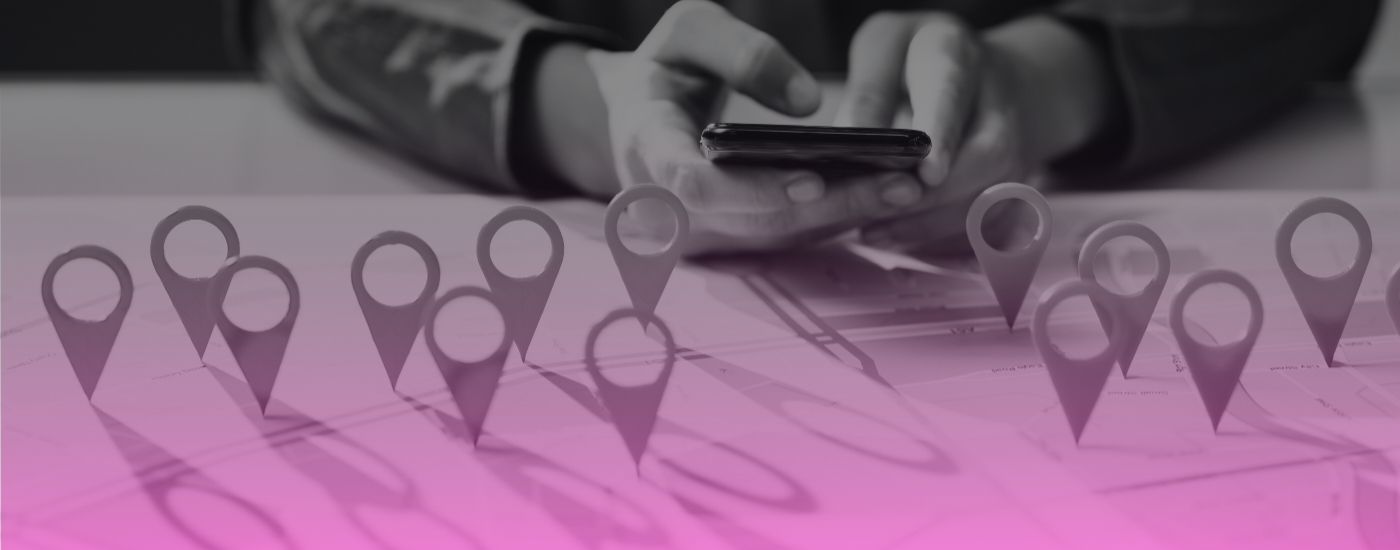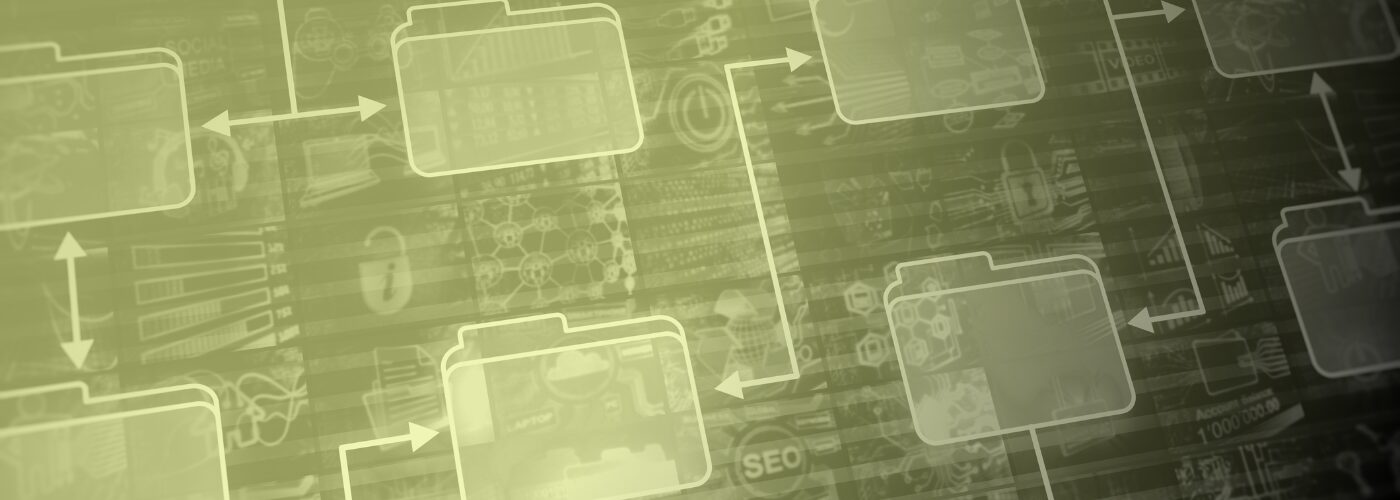
- Legislation & Compliance
A University Guide to Budgeting and Auditing for ADA Video Compliance

A University Guide to Budgeting and Auditing for ADA Video Compliance

Everything to Know About the Americans with Disabilities Act (ADA) and Video Compliance

Subtitling vs. Dubbing: Which is Right for Your Audience?

What Is Dubbing? Everything You Need to Know About Dubbing Videos

cielo24 Acquisition: The Case for Migrating to 3Play Media

Which Languages Are Required for EAA Compliance?

How to Prioritize Backlog Video Content for EAA Compliance

ADA Title II: What Public Entities Need to Know in 2026

Captioning and Transcription for Higher Education

What is AI Localization? And Should You DIY or Outsource?

Caption Formats: Acronyms Explained

How to Create an SRT File